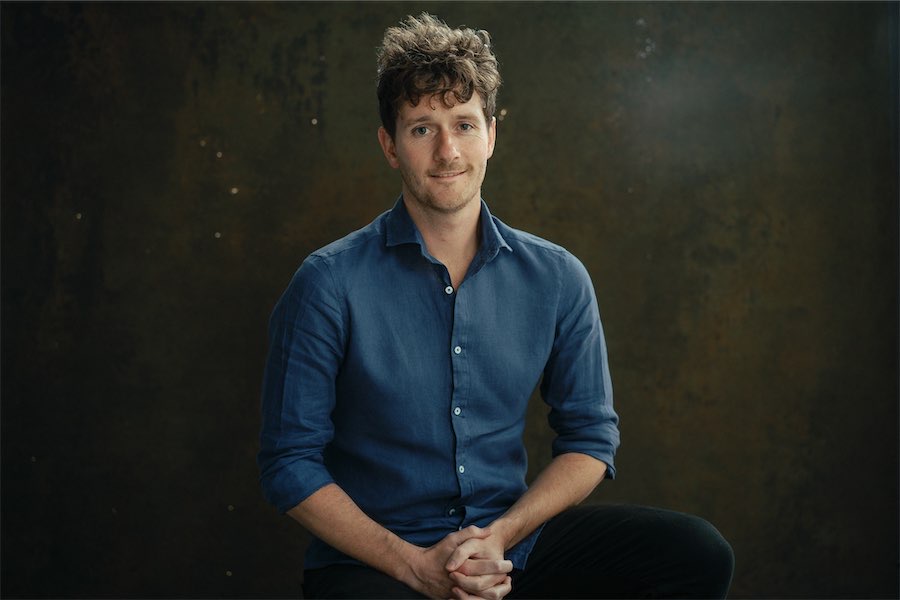
COLIN STEELE reviews a new biography of Anna May Wong… the first Chinese American actress to become a major Hollywood box-office attraction.
Anna May Wong, Dr Fu Manchu and Charlie Chan were significant figures, both real and fictional, in shaping or confirming Western attitudes to Asians in general, and Chinese in particular, in the first half of the 20th century.

With China at that time inaccessible to the vast majority of the world, their images became the norm.
Christopher Frayling, in his 2014 book The Yellow Peril: Dr Fu Manchu and the Rise of Chinaphobia, has traced in detail the impact on popular culture of “the evil genius Dr Fu Manchu, the yellow peril incarnate in one man”.
Frayling notes, “in America, the literary image of the Chinese as alien ‘other’ – a sinister villain or dragon lady” largely grew out of anxieties about immigration, leading to the Chinese Exclusion Act of 1882 and its subsequent extensions.
Anna May Wong (1905-1961) was the first Chinese American actress to become a major Hollywood box-office attraction.
Her career stretched from silent cinema through the talkies to TV in 1951, when she became the first Asian American to be the lead in an US television show.
In 1960, Wong was the first Asian American woman to be awarded a star on the Hollywood walk of fame and remained alone until Lucy Liu joined her in 2019.
In 2022, she became the first Asian American woman to be depicted on American currency when the US Mint released quarter coins bearing her likeness.
Wong’s legacy has been largely forgotten until recently. Yunte Huang’s 2023 publication, Daughter of the Dragon: Anna May Wong’s Rendezvous with American History, and now Katie Gee Salisbury’s biography Not Your China Doll: The Wild and Shimmering Life of Anna May Wong (Faber, $55) restore Wong’s place in cinematic and cultural history.

Salisbury, Chinese American herself, brings an Eastern, rather than a Western perspective, to a multi-layered, well researched biography.
Salisbury writes: “As Hollywood’s first Chinese American movie star, Anna May Wong faced more challenges than most actresses of her era.
“In spite of the racism she experienced – studios baulked at casting her in leading roles and often relegated her to China doll or dragon lady stereotypes – Wong persisted and even thrived, working in silent films, talkies, radio, theatre and television across four decades.”
Wong rose to stardom as the exotic Mongol slave girl, “very, very easy to look at”, in Douglas Fairbanks’ 1924 epic The Thief of Bagdad but, resisting stereotyping, she moved for work to Europe in 1928.
In London, Wong starred in the 1929 West End production of The Circle of Chalk, in which a young Laurence Olivier was criticised for his performance.
In Germany, she met Marlena Dietrich with whom, after returning to Hollywood, she was to star in the 1932 film Shanghai Express. In 1931, she had featured as the exotic dancer and daughter of Fu Manchu in Daughter of the Dragon, later commenting: “Why is it that the screen Chinese is nearly always the villain of the piece… We’re not like that”. Sardonically, she always signed her photos, “Orientally yours” .
She lamented the fact that many white actors, termed “yellow faces” played Asian characters. Charlie Chan, the famous fictional police detective, was played in 16 films by Swedish actor Warner Oland. Sax Rohmer’s Fu Manchu has apparently never been played by an actor of east Asian heritage. Christopher Lee being one of the most famous examples.
Charlie Chan was seen, in contrast as an “amiable Chinese”, a more positive role model, but recently critics have seen Chan as being portrayed in a condescending framework due to his lack of idiomatic English and polite nature.
Wong herself often found herself, “caught between two worlds – neither of them will accept her fully”. The Chinese government decried the Chinese characters she played, but Wong often had no choice in the roles she was offered. Later in life she worked diligently to reshape Asian American representation in film.
Wong became known in Hollywood as “a beauty no one was allowed to kiss” on screen but, while she never married, she had numerous affairs off screen.
Salisbury outlines the darker periods of Wong’s life, including her bouts of depression and alcoholism, but hopes that her new biography will help “people see Anna May in a new light”.
“There are definitely tragic aspects to her career, but there’s so much more joy and inspiration and triumph to be found in her story,” she writes.
“I hope that people focus on the things she did and her legacy… Anna May’s final act was to hand on the torch to a new generation of Asian American hopefuls”.
Who can be trusted?
In a world of spin and confusion, there’s never been a more important time to support independent journalism in Canberra.
If you trust our work online and want to enforce the power of independent voices, I invite you to make a small contribution.
Every dollar of support is invested back into our journalism to help keep citynews.com.au strong and free.
Thank you,
Ian Meikle, editor




Leave a Reply